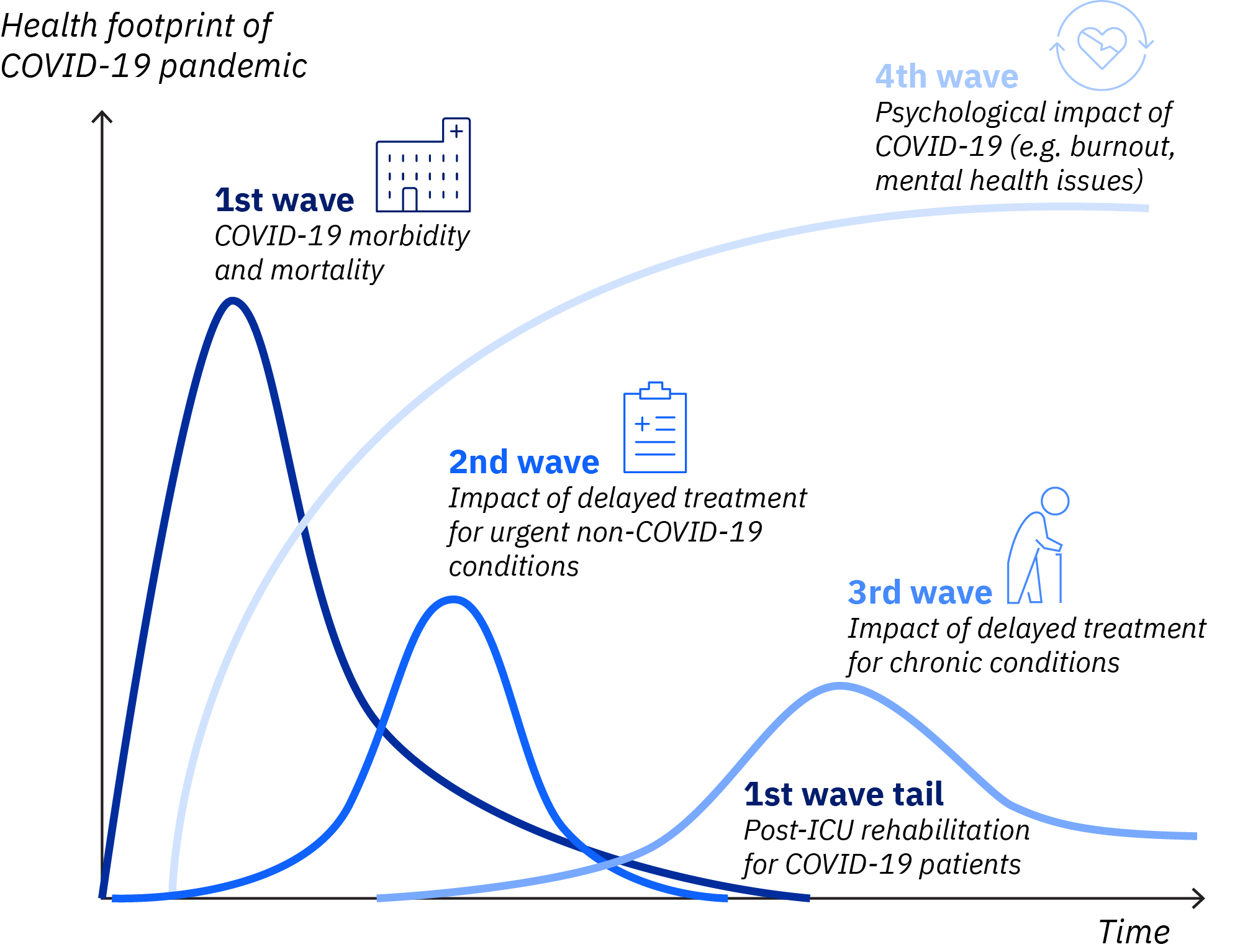Like many of you during this period of crisis and uncertainty, I have found that staying apart has, in many ways, brought us closer together. This is especially true for my family and friends, where evenings and weekends are spent checking in, catching up, and planning our next virtual social gathering. It has made me try harder to connect, to listen, and be patient as virtual conversations across an intergenerational family setting are just different.
After several weeks of lockdown, it has also reinforced my belief in community and an increased awareness of the vulnerable in our midst, be that because of social isolation, frailty or an underlying health condition (both physical and mental). In this short time span of a lockdown, it is clear that people are concerned for themselves and others, listening to public health officials and changing their behaviors. These concerns surface in most conversations: “How are you?” “Did you go out?” “Is everyone keeping well?” and “Stay safe.” This was recently brought into sharp focus when a close family member had to attend an emergency department (ED) for a non-COVID-19 issue after a virtual referral by the General Practitioner (GP). Many family members were concerned: was it a safe environment? It was.
Speaking to my family member afterwards, it became clear that the ED was nearly empty, and the wards were quiet as they awaited “the surge.” Even Ireland’s Chief Medical Officer, Dr. Tony Holohan, who also had to attend an ED for a non-COVID-19 issue, commented afterward on his brief treatment, “I would (also) like to highlight a worrying scene I witnessed during my visit to hospital on Tuesday evening; empty waiting rooms and empty beds. While protecting yourself from COVID-19 is a priority, no one should ignore signs that they may need medical attention for other ailments such as lumps, chest pain or other concerns. Please do not ignore any symptom outside of COVID-19. The hospitals are there for all ailments, not just COVID-19.”
Prior to COVID-19, this would have been unheard of in Ireland, where a key issue in our most recent general election was the number of people waiting for admission from an ED and the capacity of our hospitals. In January, there were 760 patients a day awaiting admission from ED. Fast forward to the empty waiting rooms that Dr. Holohan experienced in April. Similar profiles exist across Europe. For example, visits to ED from UK citizens with heart attack symptoms have dropped by almost half.
So, as we try and manage this crisis, IBM is supporting businesses to think about the model of care, re-examine how we do healthcare delivery, look for new ways of managing patients, enable care co-ordination and population health, and how technology can be an enabler.
If you examine the graphic below that illustrates the impact of COVID-19 on healthcare delivery, you can see a number of “waves” affecting the healthcare system and its capacity. To address the first wave, we have seen the reconfiguration of existing capacity, field hospitals and step-down facilities in hotels. But we also see normal hospital-centric care reduced, which will lead to waves two and three. We need to “flatten” these curves, too.

An initial step should be using chatbot technology to engage with citizens, both to assess and reassure them around how health providers can meet their needs. IBM has been working with a number of health services across Europe to implement virtual assistants which use natural language processing capabilities and AI to understand how to respond to common COVID-19-related questions.
A similar approach should be used to assess, direct and intervene appropriately for deferred elective treatments and effectively manage chronic diseases. Managing deferred elective treatments will be tied to the slow release of hospitals’ capacity, re-design or re-designation of patient flow across a network and prioritising clinical need. Payers and providers must now invest in cloud-based analytical capabilities that can help drive that action. For example, in Switzerland, a triage tool is being developed that individuals or clinicians can use to assess risk levels and recommend next steps for patients who are self-isolating. It differs from other self-diagnostic tools in that it is based on actual data from tens of thousands of patients, so it is not rules-based, and it can take into account co-morbidities when assessing risk.
Finally, to enhance appropriate community-based interventions, providers need to put in place a community care solution which can help coordinate the work of a range of care givers (community nurses, nursing home support staff and potentially GPs) outside of the acute system. As we all focus on minimising contact, this type of solution enables the sharing of data related to individuals in real-time without face-to-face contact between carers and helps appropriate action happen quickly.
The dramatic impact of COVID-19 on the healthcare system has been profound and the world is playing catch-up with the virus. However, we must not just take action to address the current health crisis, but also its ripple effect over the medium term. So, this is a call-to-action to payers, providers and health systems to look beyond the terrible reality of the day to day. We each must continue to do what we can, follow the guidelines and take time to connect each day. Personally, I connect with two additional individuals that I have not recently spoken to just to ask how they are. I also continue to volunteer and contribute to the global response, lending my assistance to a national support group looking at social capital, resiliency, and our inherent storytelling creativity in Ireland to support wellness. All stakeholders should continue to build long-term capacity to cope with the impact of COVID-19.
To support our clients, IBM has developed best practices and recommendations for actions to take now and after the pandemic. Click here to access our COVID-19 Action Guide and related resources.
Meet the author



